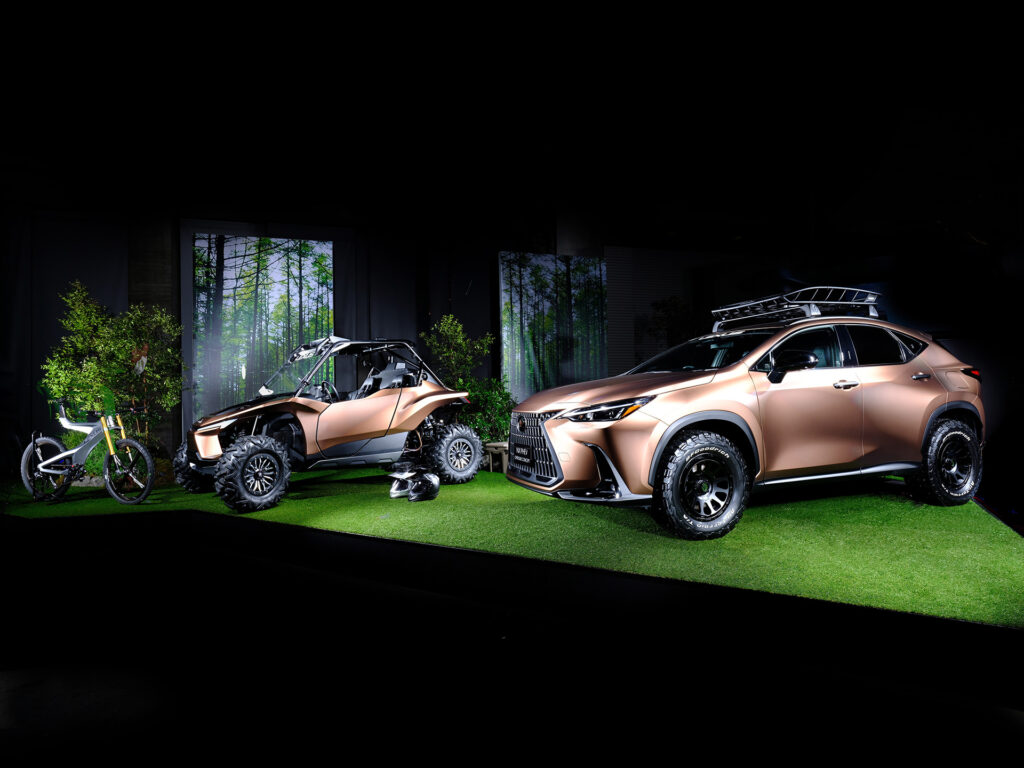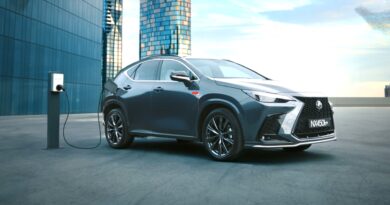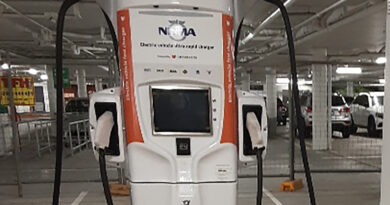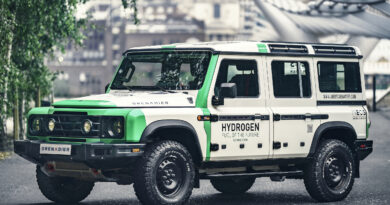Radical Lexus off-road concepts inject eco into adventure
Lexus has unleashed its adventurous side with a pair of eco-focused off-road concept vehicles.
Headlining the concepts that was shown at the 2022 Tokyo Auto Salon is the Lexus NS PHEV Off-road concept.
The one-off concept takes the plug-in hybrid (PHEV) version of the upcoming Lexus NX mid-sized SUV and adds raised suspension and chunky 17-inch BF Goodrich all-terrain tyres.
Finished in a distinctive “iron oxide” matte hue, the NX PHEV Off-road concept also gets matte black highlights including a roof cage.
But the NX PHEV’s all-wheel drive system is unchanged, using the 2.5-litre four-cylinder engine and dual electric motors for the Lexus NX450h+ that goes on sale in Australia in 2022.
Most of the work is done by the front wheels with a larger electric motor producing 134kW and 270Nm as well as the output of the 2.5-litre four-cylinder.

The rear wheels are solely driven by a 40kW/121Nm electric motor.
FULL REVIEW: 2022 Lexus NX450h+ plug-in hybrid will be the first rechargable vehicle for the luxury brand
No word yet on what the tyres and altered aerodynamics do to the electric range of the NX450h+, but it’s safe to assume it’ll be less than the claimed 69 to 76km.
Arguably the more interesting of the two Lexus concepts is what the company calls the ROV Concept, or recreational off-road vehicle.
The side-by-side buggy is very un-Lexus, clearly focused on anything other than bitumen. While it has a leather-wrapped steering wheel, the seats are covered in fake leather, although the company has still managed to infuse the buggy with its L-shaped lights.

But it has some interesting hydrogen tech beneath the skin, in line with the push from parent company Toyota to utilise hydrogen propulsion more in future.
However, rather than the fuel cells that are the more common way of utilising hydrogen as a fuel, the Lexus ROV Concept runs it through an internal combustion engine.
The two-seater ROV Concept gets a 1.0-litre three-cylinder engine which Lexus says provides “high response torque from the fast-burning hydrogen”.
It’s runs through a sequential transmission (no mention of how many ratios) with paddle shifters for added sportiness. There’s a part-time four-wheel drive system as well as a diff lock for added traction.
We’re not quite sure what Lexus is getting at with this buggy concept, although it appears to more introducing the idea of having fun with hydrogen rather than anything likely to sit next to an LS limousine on the Lexus showroom any time soon.
Lexus drivetrain tech heavily piggbacks off Toyota and Toyota is ramping up the messaging on its hydrogen vehicles. As well as already having some Mirai fuel cell cars on lease in Australia – most of them with mining giant Fortescue – the company recently showed off a Corolla race car with a hydrogen-powered ICE.




